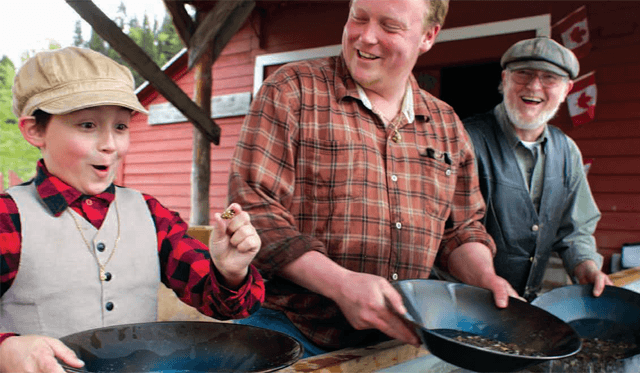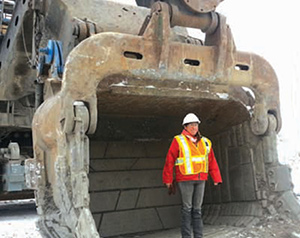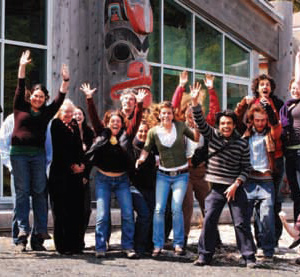New exhibit reveals the important role Chinese-Canadians played during the gold rush
Barkerville will transport visitors back in time to the golden days of Western Canada’s famous gold rush beginning May 16th this year.
Once North America’s largest northwestern city, today Barkerville offers visitors a chance to experience the 1800s amid the hustle and bustle of the 21st Century. Attracting 65,000 guests each year, visitors to Barkerville will be immersed in housing, costumes and residents true to the gold rush period. Gold panning, stagecoach rides, blacksmithing and theatrical reenactments take place all year round. This summer Barkerville will host the Canadian National Gold Panning Championships.
Designated as a Heritage Site and a National Historical Site of Canada, Barkerville is rich with history. Barkerville is home to 187,000 artifacts, 60,000 photos and a resource library of historical and archival documents. Barkerville’s exhibits are also a prime resource to help historians and others understand the rich history and role that Chinese-Canadians played during the rush.
“We recently sent a travelling exhibit of Chinese photographs and letters over to China. Over the next year and a half, it will tour a number of different museum sites throughout southern China, specifically in Guangdong province where a lot of the miners who were living in Barkerville of Chinese descent came from,” explained James Douglas, Manager of Visitor Experience at Barkerville.
Using iPad technology, this interactive exhibit allows users to add new information to a collection that includes more than 14,000 historical photographs. “The exhibit is an opportunity not only to actually bring things from Barkerville to China, but also bring information back to Barkerville,” said Douglas. In August, Barkerville will host programming to celebrate the 150th anniversary of the Chinese Freemasons in British Columbia.
The travelling exhibit will also be replicated and housed in B.C. In addition to educational exhibits, Barkerville is a premium source for quaint eateries and unique shopping opportunities. Make sure to stop at Goldfield’s Bakery for the annual pie eating contest, and McMahon’s Confectionery to visit a recreated version of a 1930s confectionary store. With events held until December, anytime is a good time to visit Barkerville. For those heading to Barkerville during the opening May long weekend, admission will be by donation.









